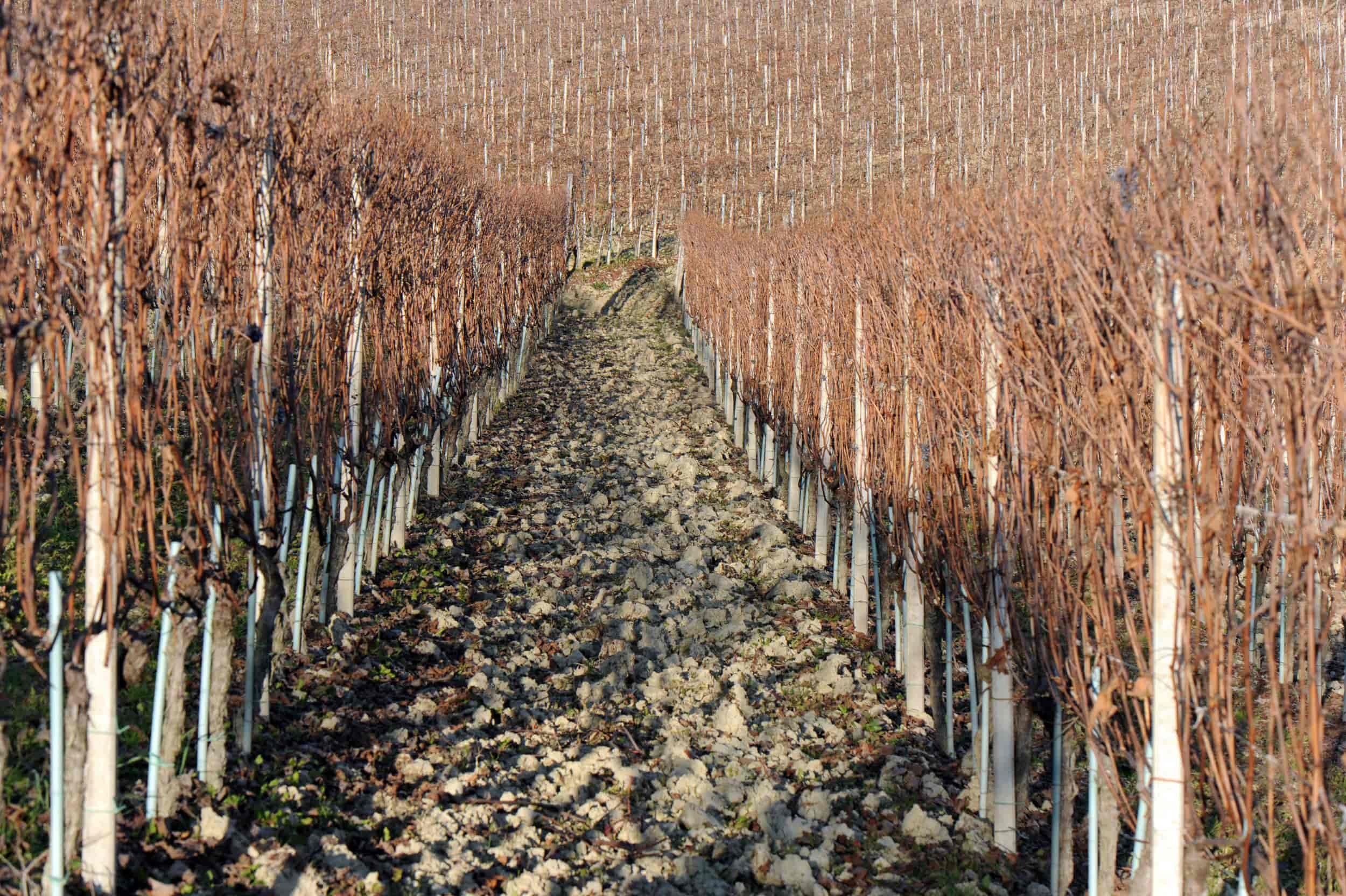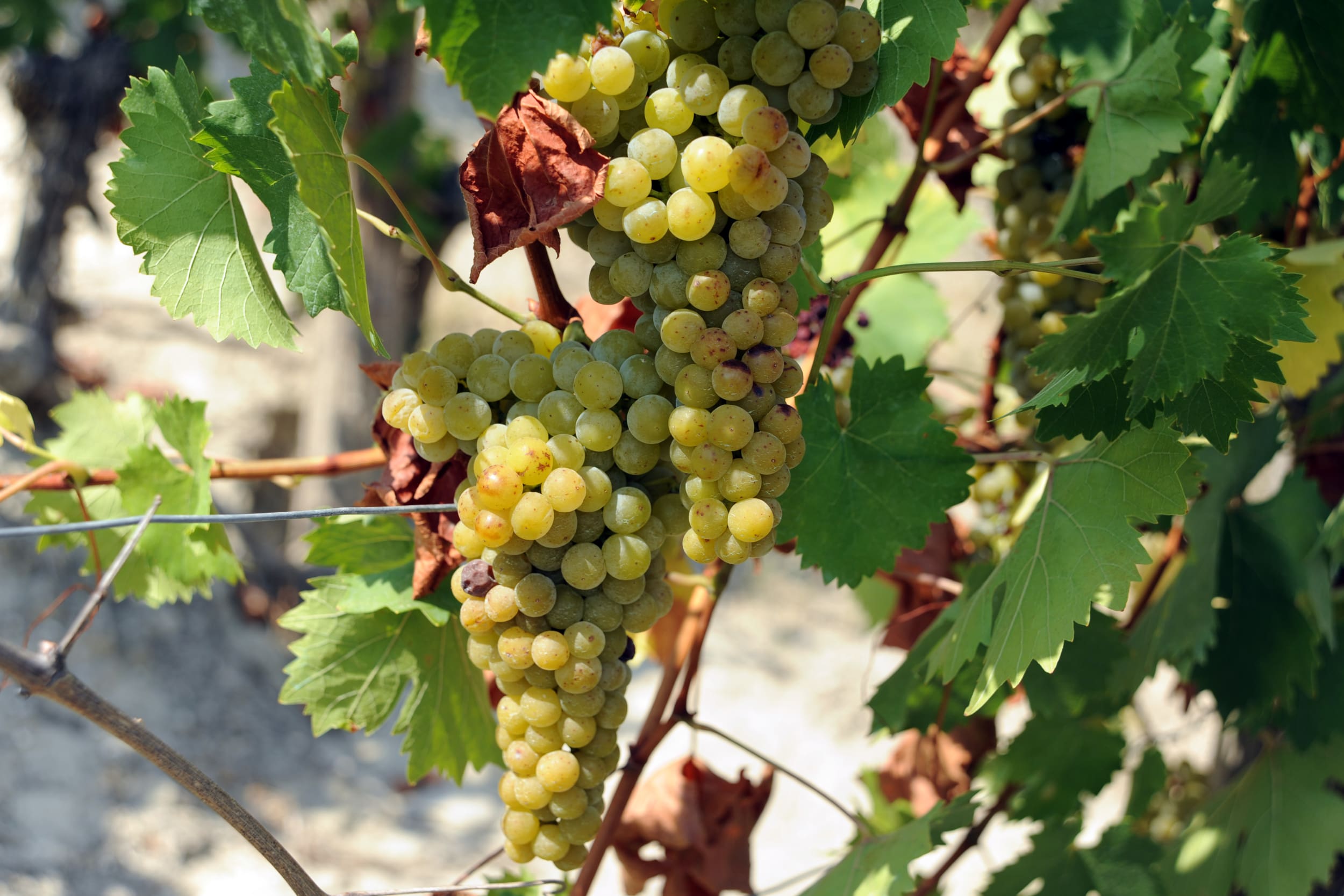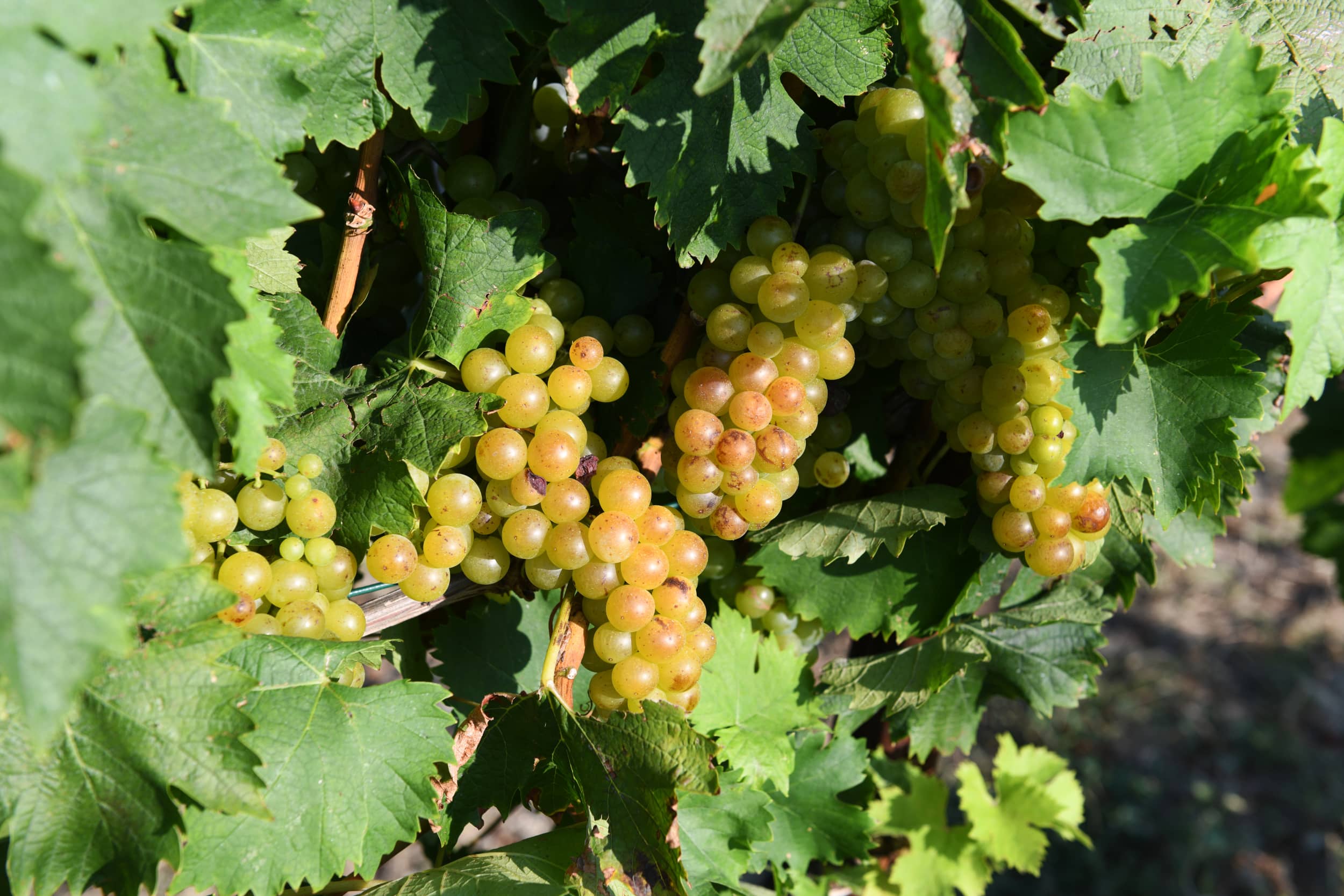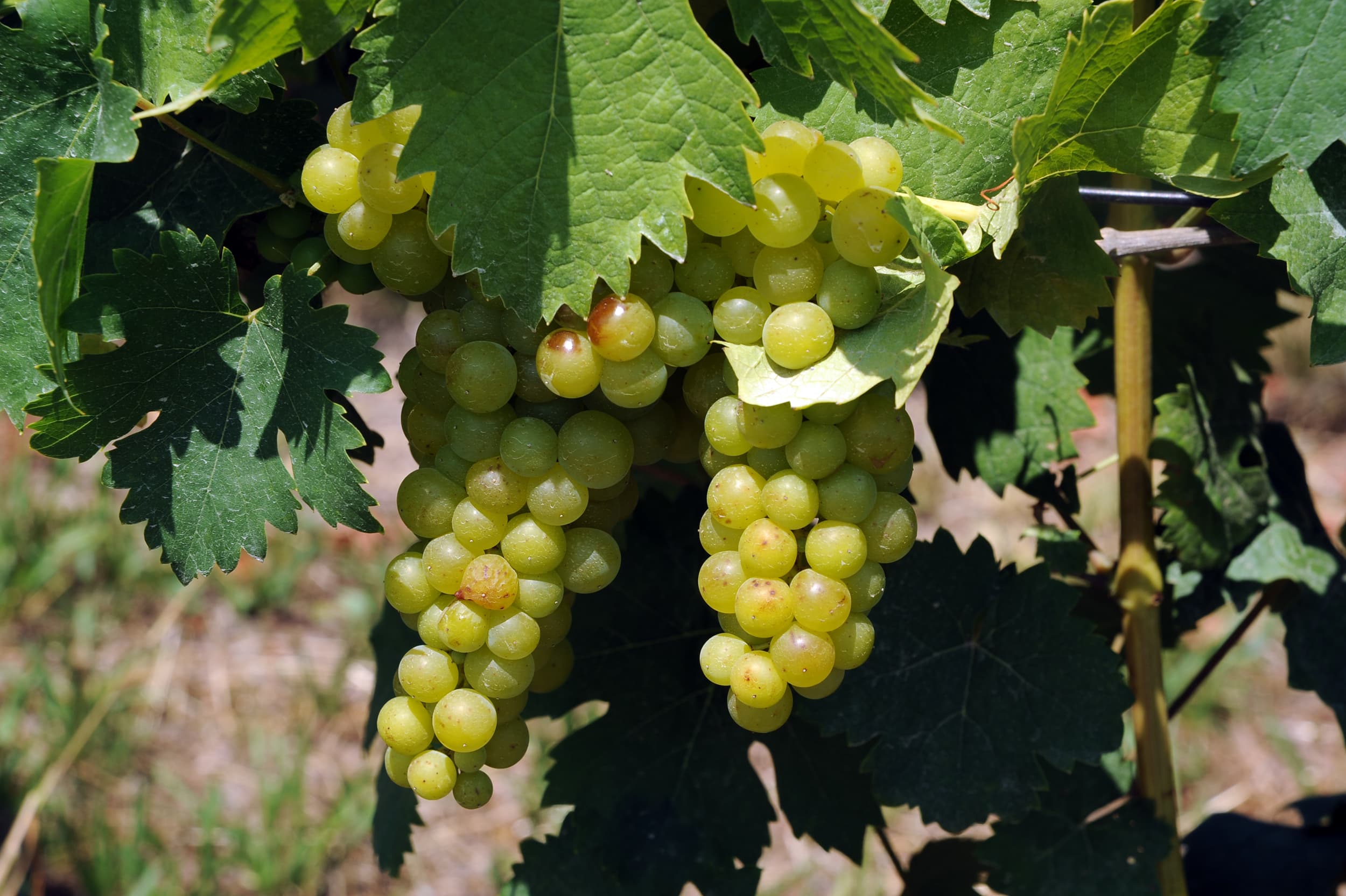Autumn processing in the vineyard
After the harvest, a period of relative calm follows in the vineyard, during which the winemaker tends to carry out various jobs, thus anticipating the ordinary seasonal moments.
Among these, since the vine has not yet stripped of its leaves, there is the tillage of the soil. It may consist of ploughing, ripping, digging. These are operations involving a greater depth of the ground, compared to ordinary management.
Modifying the soil structure is a very delicate thing, as the plants have now adapted to a certain type of environment maintained over the previous years. When this represents a change from the past, there are more unfavorable outcomes to said intervention than those from which it is possible to objectively observe an improvement.
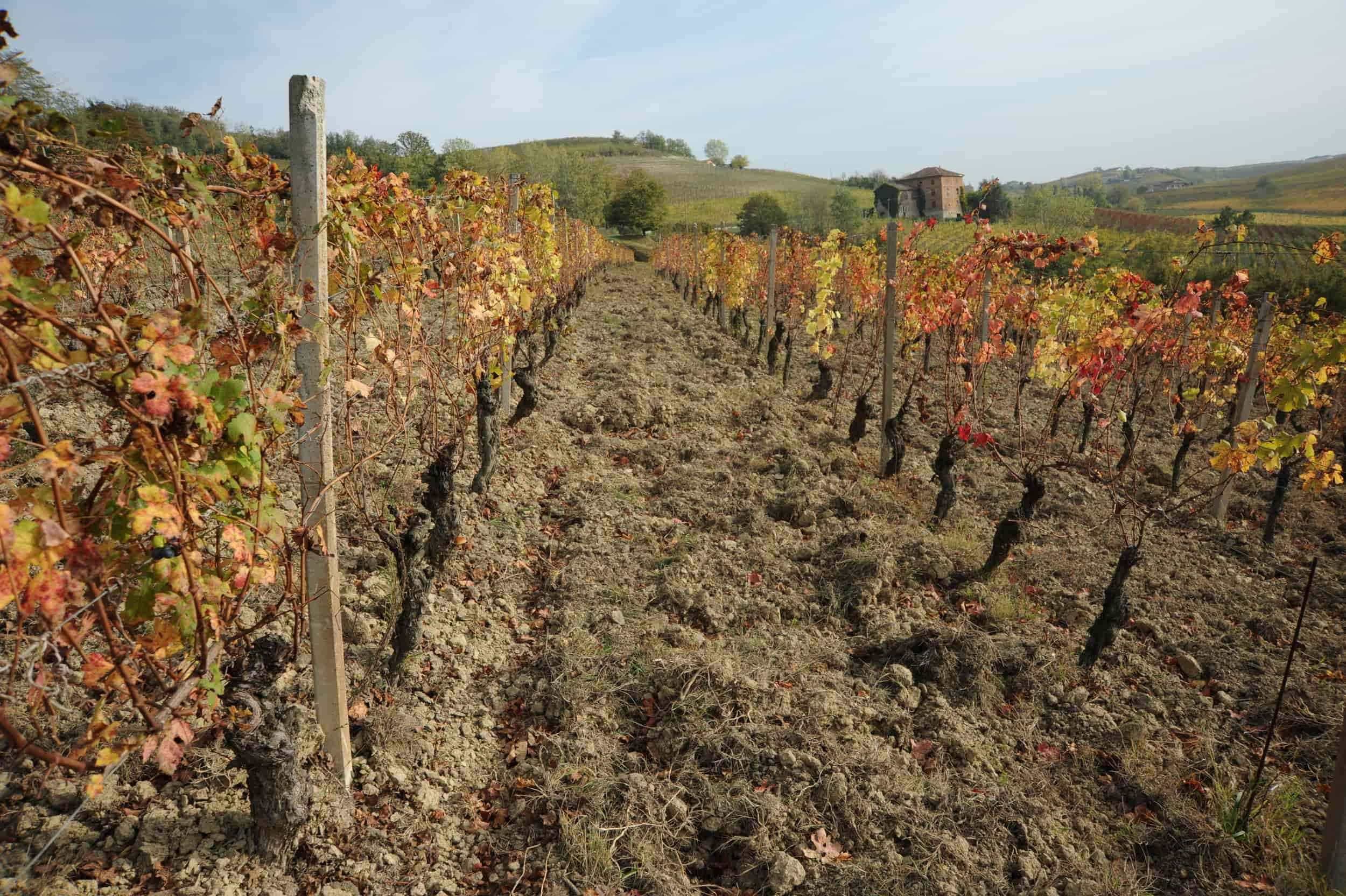
The effects of processing
The first effect is a stimulus to greater vigor of all the plants that are present. Weeds are perhaps the ones that benefit the most. The composition of the turf, settled over time, is profoundly altered. The short-sized plants give way to more vigorous ones that can reach 50 or more centimeters in height. Remember flour, amaranth and cardone. In relation to the type of terrain, the new colonization will have peculiar characteristics. The common element, however, will be the abundance of herbs that were almost not present before and in any case with a smaller size.
The stimulus to greater growth is also received by the vine plants. Made particularly evident by the earliness of the budding in the following spring. However, what seems to be positive sometimes also reveals not exactly favorable aspects.
In fact, it should never be forgotten that the vineyard is a very dense complex of plants. Each of them is in clear competition with its neighbours. When the vineyard is still young and uniform, the induction to greater growth does no harm. As you get older, the differences increase. The competitions are becoming more and more unequal. An intervention that in some way brings a physiological benefit translates, in this case, into a worsening result for the vineyard, as the discrepancy between the individual plants is increased. Although the overall result is still satisfying, over time, the negative effects will tend to acquire more and more, up to the actual qualitative decay of the vineyard itself.
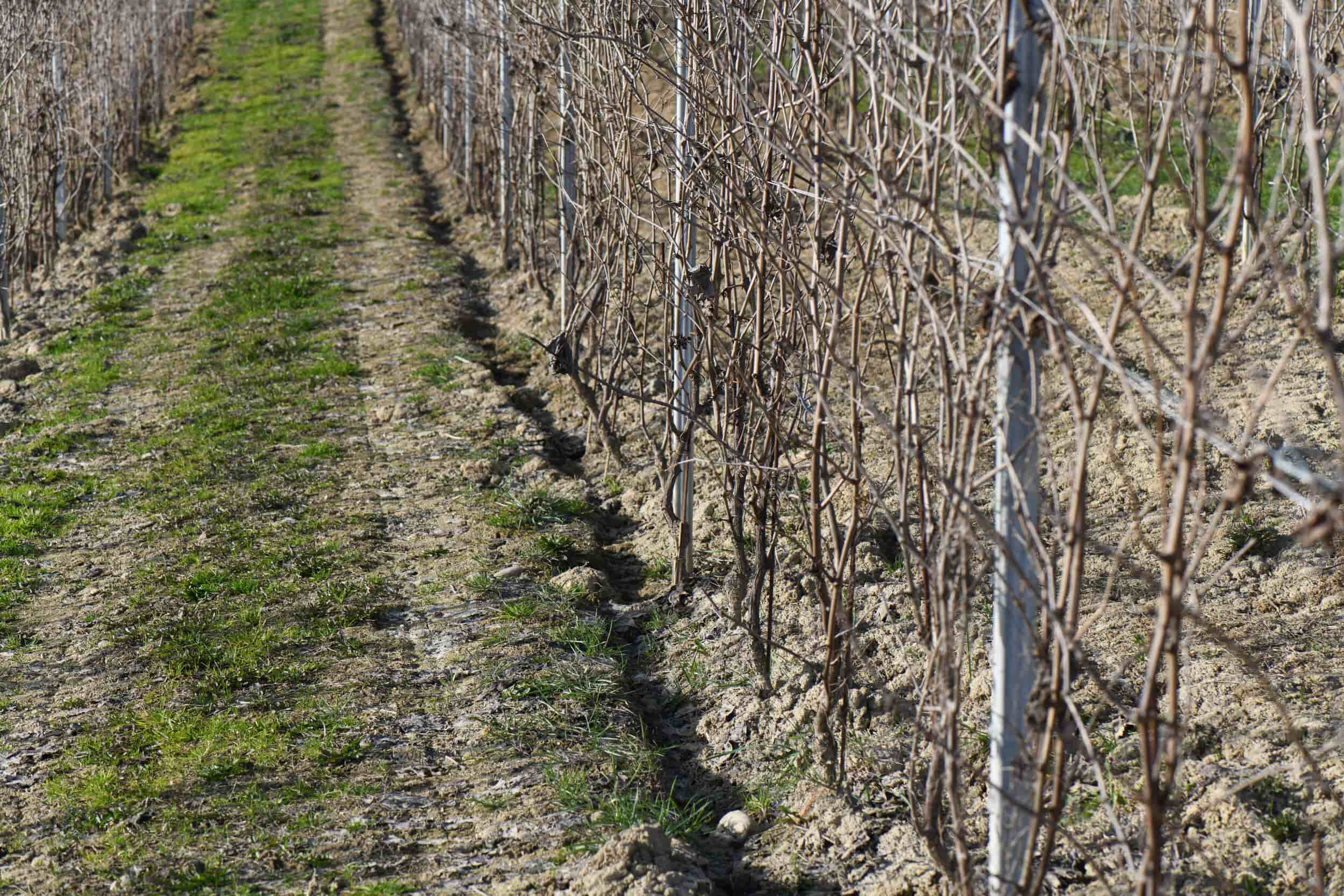
The era
The period in which the deep tillage must be carried out is always late autumn, when the plants have completed their seasonal activities, both at the epigeal level and, even more so, at the hypogeal level. In autumn, in particular, the roots grow with greater intensity and the reserves accumulate. The ideal underground conditions, so that all this can happen, are the good presence of oxygen, water and the stability of their quantitative relationship. These elements can therefore constitute an interesting opportunity for the weaker plants to partially recover the space and lost vigor. Soil tillage must therefore not interfere with this phase which can roughly be placed with the start of leaf fall.
By taking place in autumn, the alterations to the structure will be able to attenuate, until they disappear during the winter, before the vines return to full activity. This would induce to operate in a later period.
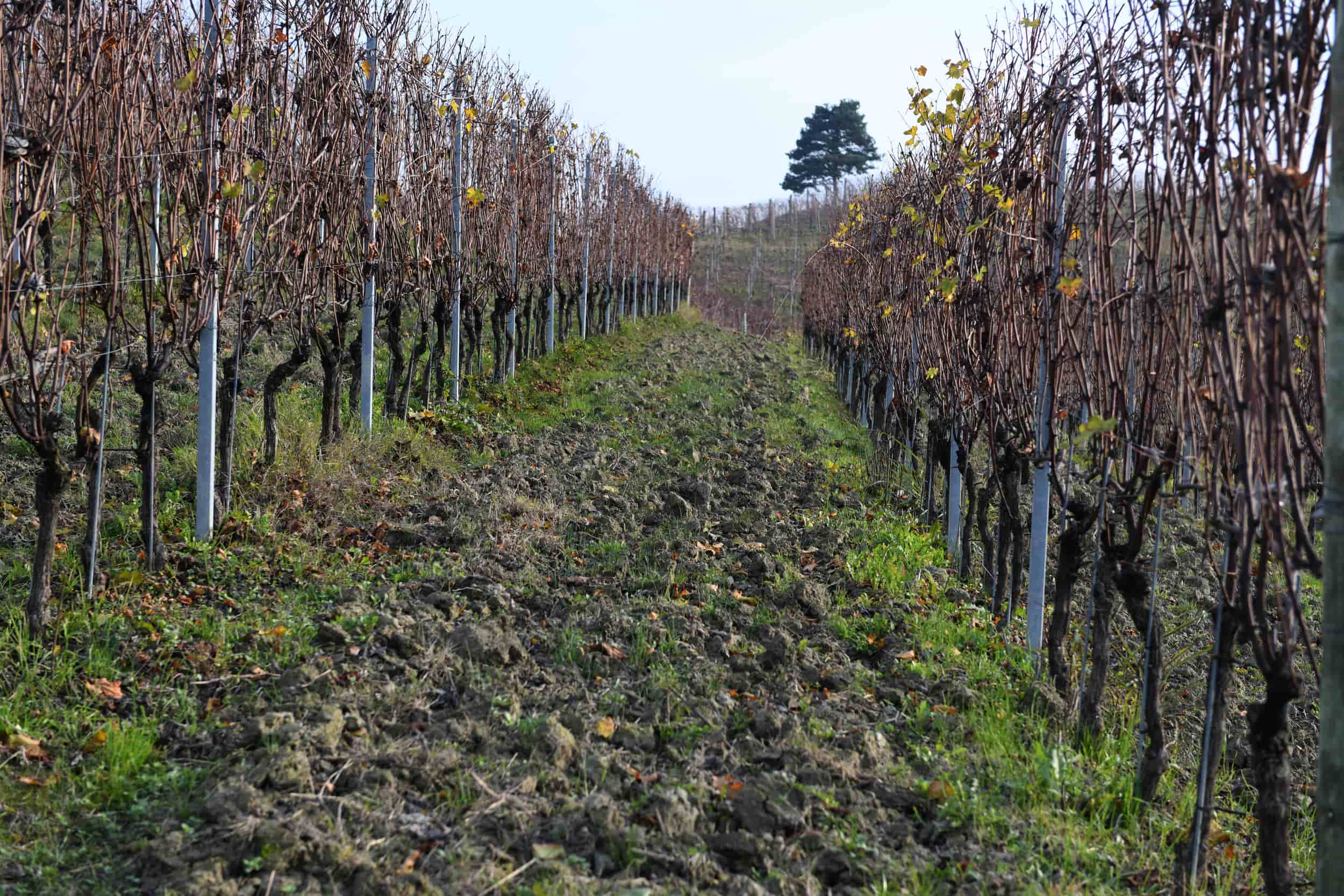
The terrain
Lastly, soil tillage, even more so when involving substantial thicknesses, must only take place when the soil is in ideal physical conditions. This is not always possible, as a rain is enough for the results to be altered in an unfavorable way. The negative effects, then, manifest themselves, for the same tillage, in very different measure, in relation to the physical composition of the soil itself. In the more clayey ones, any errors made with poorly executed processes can remain for several months. The consequences, therefore, can be more serious, however mitigated over time by winter rainfall. However, it is not certain that all this will happen. In fact, much will depend on the climate of the colder months.
The working of the soil in the vineyard is thus a delicate cultivation work. More frequently it should fall within the specific operational regularity of the plant. Otherwise, it is advisable to carefully evaluate the real need for the intervention, since the negative elements that could result from it can outweigh any positive ones.


